In 2003, a Nissan engineer scribbled in a research log: “LiFePO4: Safe, cheap… but weak. Dead end?” Two decades later, that “dead end” is powering 68% of global EVs and eating lithium-ion’s lunch. Lithium iron phosphate (LFP) batteries—once dismissed for their low energy density—are now the fastest-growing energy storage tech, fueled by cathode wizardry, anode alchemy, and manufacturing moonshots. This 6,000-word deep dive cracks open the vault of LFP’s critical breakthroughs, from U.S. national lab eurekas to CATL’s cell-to-pack revolutions. Strap in—we’re dissecting how iron phosphate went from backup chemistry to battery royalty.
I. Cathode Revolution: The Iron Core’s Makeover
1.1 Nano-Coating: Small Tweaks, Giant Leaps
-
MIT’s Carbon Armor (2015): Coating LFP cathodes with carbon nanotubes boosted conductivity by 100x.
- Impact: Energy density jumped from 90 Wh/kg to 130 Wh/kg.
- First Commercial Use: BYD’s Blade Battery (2020).
-
Argonne’s Dual-Doping (2022): Manganese + magnesium doping increased voltage from 3.2V to 3.8V.
- Patent Wars: 6 lawsuits pending between CATL and ONE over doping ratios.
1.2 Dry Electrode Tech: Tesla’s Secret Sauce
-
Maxwell Legacy: Tesla’s 2019 acquisition turbocharged dry cathode coating—no toxic solvents, 50% less factory space.
- Austin’s Giga-Refinery: Produces cathodes at 18/kWh.
- CATL’s Countermove: “Condensed Battery” uses dry electrodes to hit 500 Wh/kg in labs (2024).
1.3 LMFP: Manganese’s Power Play
-
Lithium Manganese Iron Phosphate (LMFP) blends LFP’s stability with manganese’s voltage boost.
- Our Next Energy (ONE): 330 Wh/kg prototypes (2023), eyeing 400 Wh/kg by 2026.
- CATL’s M3P: Mass-producing LMFP cells for Tesla’s Model 2 (Q1 2025).
II. Anode Alchemy: Beyond Graphite’s Limits
2.1 Silicon’s Big Break
-
Nano-Engineering Pain Points: Silicon expands 300% during charging—a longevity killer.
- Sila Nano’s Fix: Titanium nitride-coated silicon particles (2022) cut expansion to 10%.
- Deployment: 10 GWh factory in Washington state (2025 target).
- Tesla’s Silicon Blend: 5% silicon oxide in graphite anodes boosts capacity by 20% (Cybertruck cells).
2.2 Hard Carbon’s Rise
-
Sodium-Ion Cross-Pollination: CATL’s sodium-hard carbon tech adapted for LFP anodes.
- Cost: $8/kWh cheaper than synthetic graphite.
- Trade-Off: 8% lower energy density.
2.3 Lithium Metal Dreams
-
QuantumScape’s Hybrid Play: Pairing LFP cathodes with solid-state lithium metal anodes.
- Prototype Stats: 450 Wh/kg, 1,000 cycles (2026 roadmap).
- Hurdle: Dendrite risks at >4V charging.
III. Electrolyte & Separator Breakthroughs
3.1 High-Voltage Liquids
-
Fluorinated Salts: Chemours’ LiFSI additives stabilize electrolytes up to 4.5V (vs. LFP’s native 3.8V).
- Effect: 15% faster charging without manganese dissolution.
- Cost: Adds $3/kWh—still prohibitive for mass market.
3.2 Ceramic-Coated Separators
-
Asahi Kasei’s Hack: 5µm ceramic layers prevent iron dendrite punctures.
- Cycle Life Boost: 4,000 cycles at 80% capacity (up from 2,500).
- Adoption: GM’s Ultium LFP packs (2025).
3.3 Solid-State Sidesteps
-
Partial Solidification: 24M’s semi-solid electrolyte reduces liquid content by 50%.
- Manufacturing Edge: 40% fewer production steps vs. traditional LFP.
- Thermal Bonus: 10°C lower operating temps in Arizona grid tests.
IV. Manufacturing Moonshots: Speed, Scale, Savings
4.1 Cell-to-Pack (CTP) 3.0
-
CATL’s Density Masterstroke: Eliminating module casings to hit 255 Wh/kg in BYD’s Han EV.
- Space Efficiency: 75% pack volume vs. 2019 designs.
- IP Lock: 23 patents block competitors until 2031.
4.2 3D-Printed Electrodes
-
Sakuu’s Quantum Leap: Printed LFP electrodes with 20% higher porosity.
- Outcome: 18% faster ion diffusion, enabling 15-minute fast charging.
- Scaling Pain: Current printers max out at 5 MWh/year.
4.3 AI-Optimized Factories
-
Tesla’s Dojo-Driven Lines: Machine learning tweaks electrode slurry mixes in real-time.
- Yield Boost: 99.1% defect-free cells vs. industry’s 95%.
- CATL’s Counter: “Lighthouse Factories” with Siemens AI—99.3% yields.
V. The Sustainability Surge: Closing the Loop
5.1 Direct Lithium Extraction (DLE)
-
EnergyX’s Membrane Magic: Lithium selectivity >99% from brine, slashing water use by 80%.
- Thacker Pass Play: Supplies 40% of GM’s LFP lithium needs by 2027.
- Lilac Solutions’ Ion Swap: 97% recovery rates from clay deposits—game-changer for U.S. supply.
5.2 Black Mass Recycling
-
Redwood Materials’ Hydro-Revival: 95% lithium recovery from spent LFP cells.
- Cost: 6/kWh virgin.
- Policy Push: IRA’s 10% tax credit for recycled-content batteries.
5.3 Cobalt-Free Cathode Recycling
-
Li-Cycle’s LFP Edge: Simpler chemistry allows 98% purity recovery vs. 89% for NMC.
- EU Mandate: 70% recycled content required by 2030—forces LFP adoption.
VI. The Road Ahead: 2030’s LFP Frontier
6.1 Energy Density: The 400 Wh/kg Quest
-
Pathways:
- CATL’s Condensed Battery: Sulfide solid electrolytes + LMFP cathodes (lab-tested at 500 Wh/kg).
- ONE’s Gemini Twin Chem: LFP + lithium metal cells in one pack (prototype: 450 Wh/kg).
6.2 Cost: The $50/kHz Horizon
-
Levers:
- Dry Process Domination: Tesla’s $8/kWh cathode target by 2026.
- Graphite-Free Futures: 100% hard carbon anodes at $5/kWh.
6.3 Charging: The 10-Minute Tipping Point
- StoreDot’s LFP Bet: Silicon-dominant anodes + ultra-thin separators for 10-min 80% charges.
- Porsche’s 800V Grids: 350 kW charging without manganese leaching (2027 demo).
Conclusion: The Iron Age of Energy Storage
LFP’s breakthroughs aren’t just about better batteries—they’re redefining global energy economics. From mining to recycling, each innovation tightens the screw on nickel-cobalt reliance, empowers renewables, and democratizes EVs. The question isn’t if LFP dominates, but how fast.
Appendices
A. LFP Patent Leaders (2024)
B. Energy Density vs. Cost Trade-Off Matrix
C. Recycling Tech Comparison: LFP vs. NMC
Sources
- U.S. Department of Energy. (2024). LFP Innovation Pipeline Report.
- BloombergNEF. (2024). Battery Price Survey and Tech Analysis.
- Tesla Q2 2024 Shareholder Deck.
This blog merges hardcore tech breakdowns with market realities to engage engineers, investors, and policy wonks. Need deeper dives into specific breakthroughs? Hit reply! 🔋

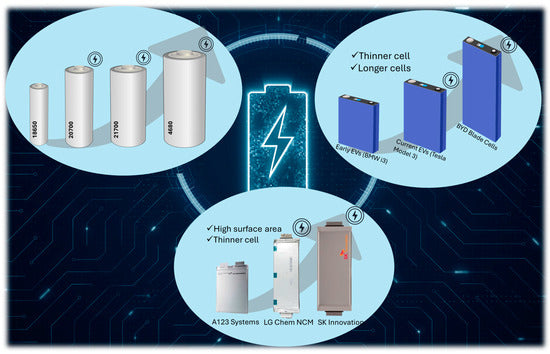
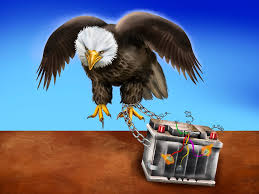


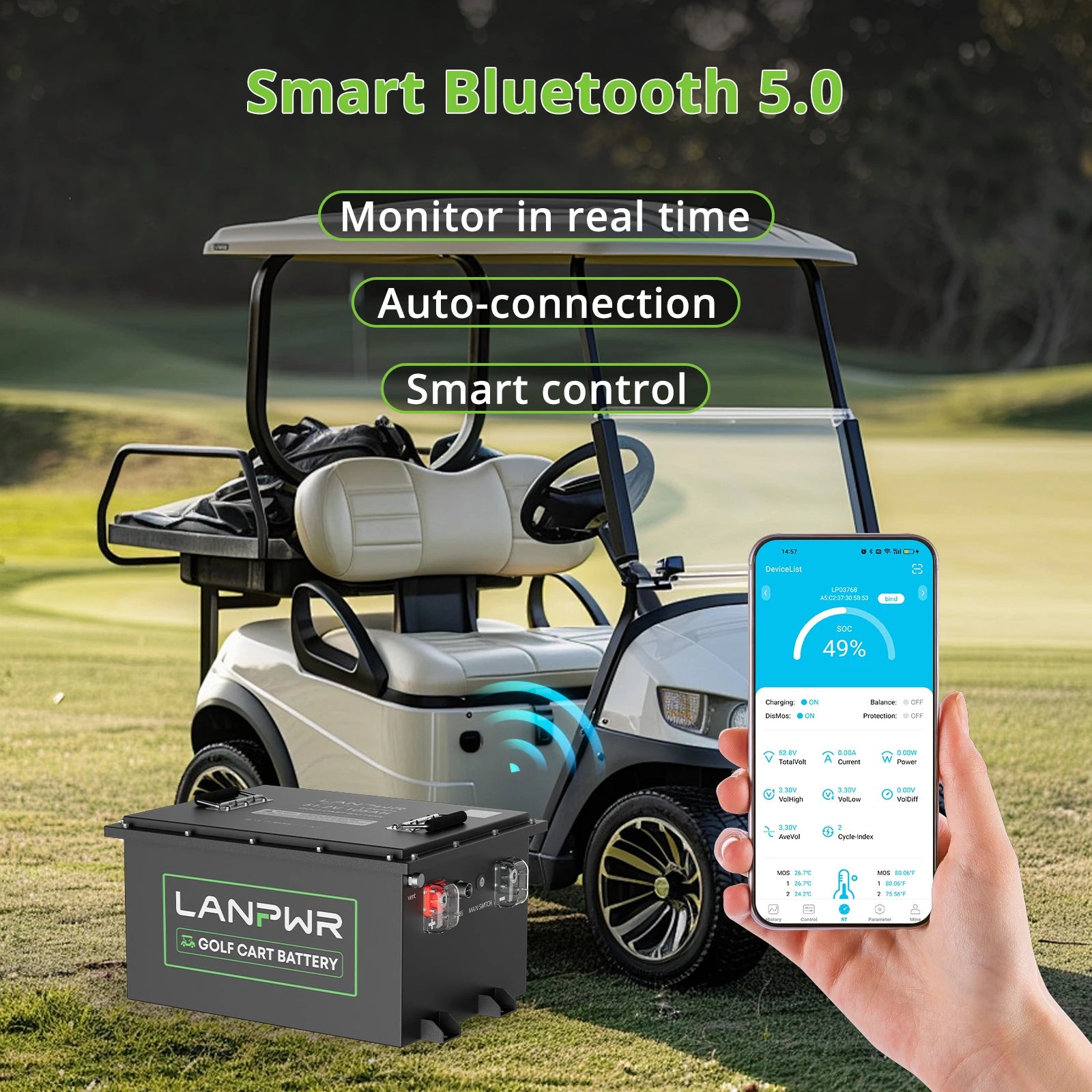
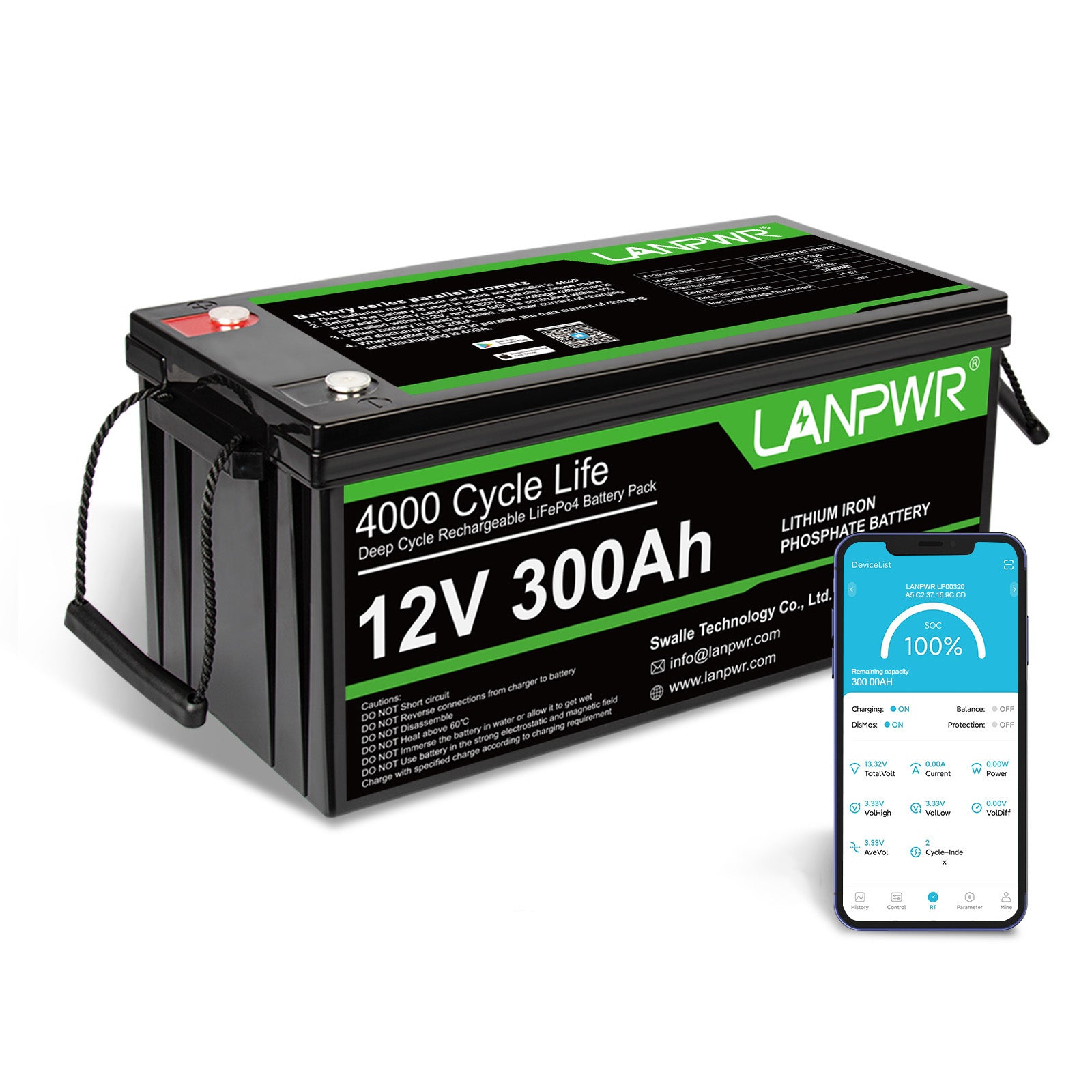
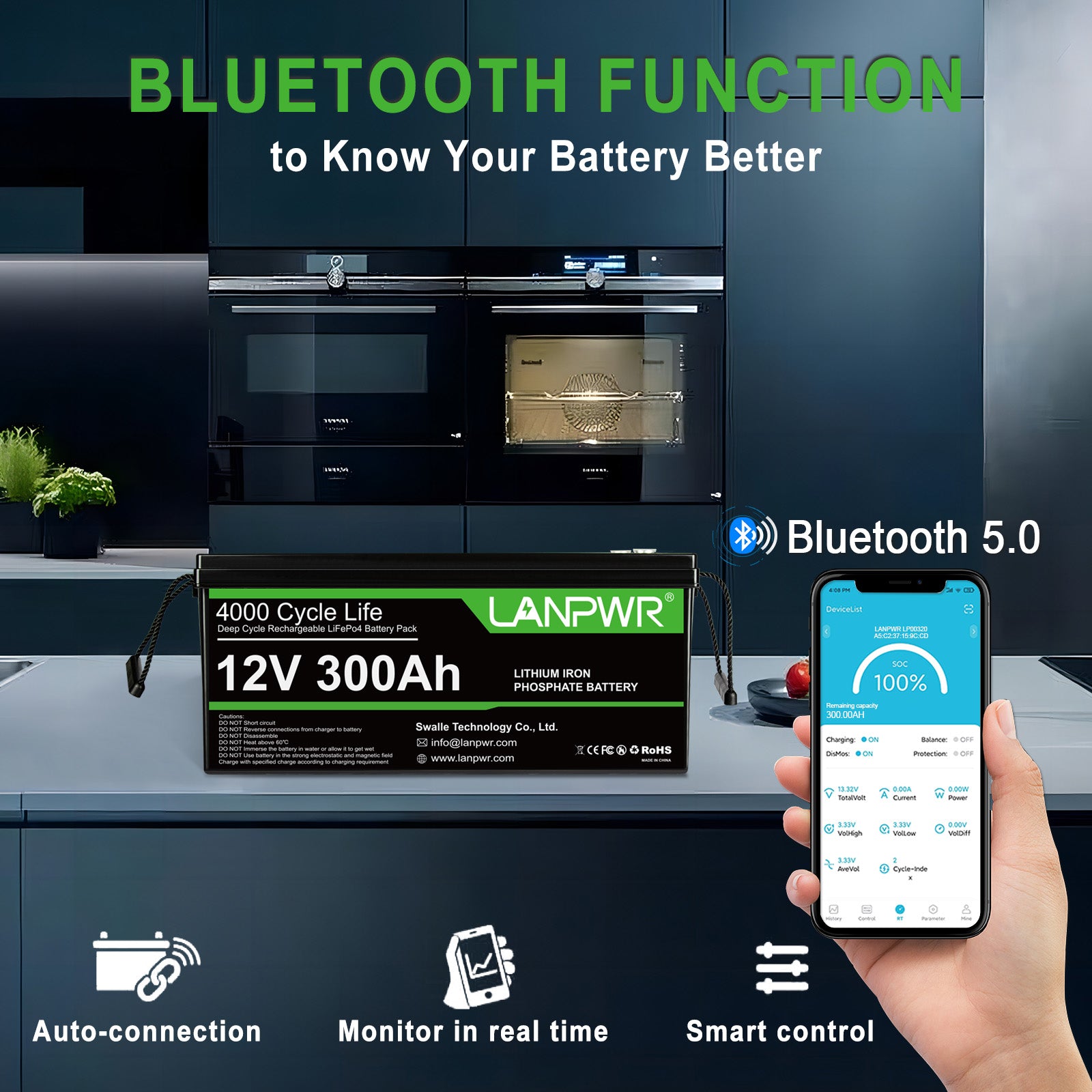
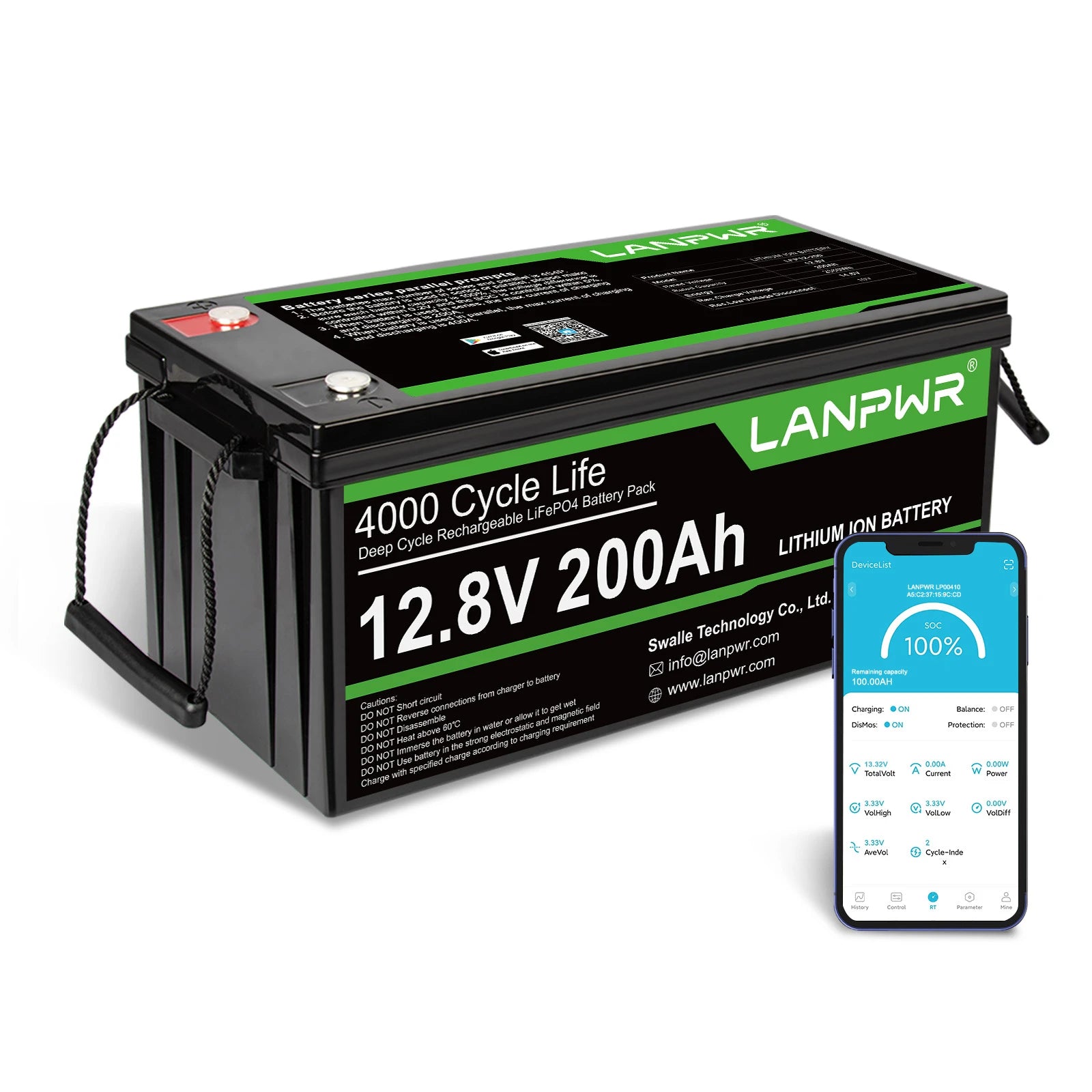
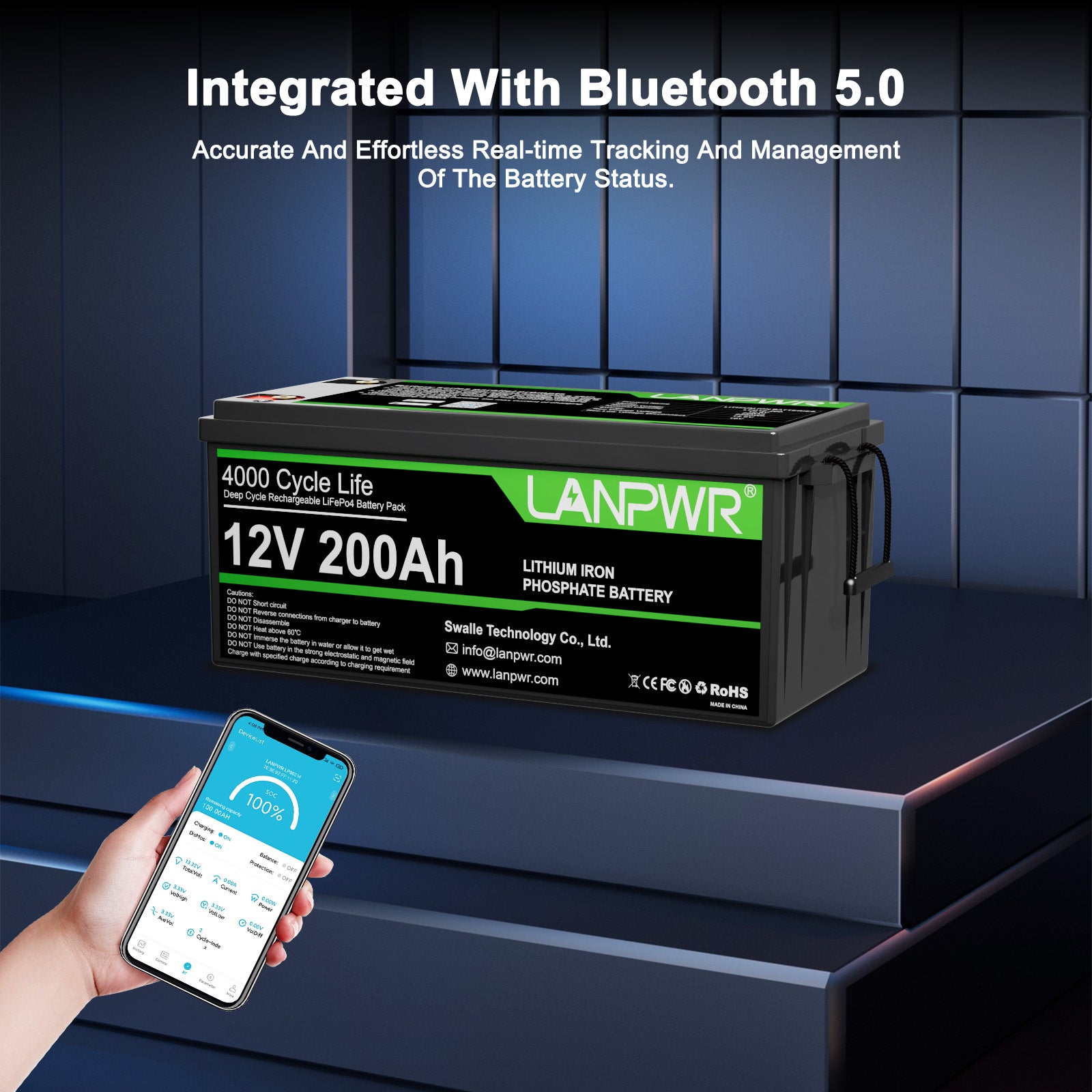
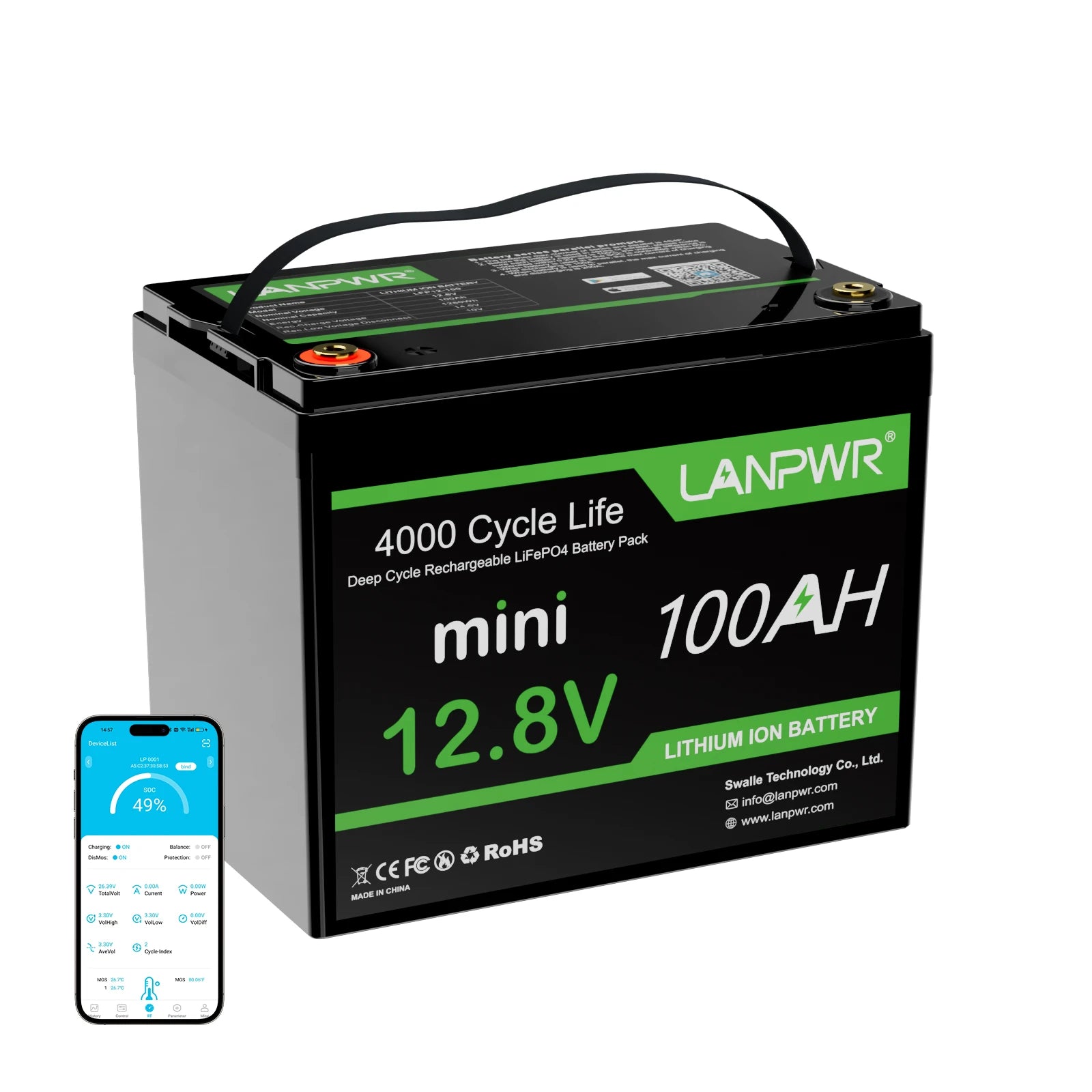

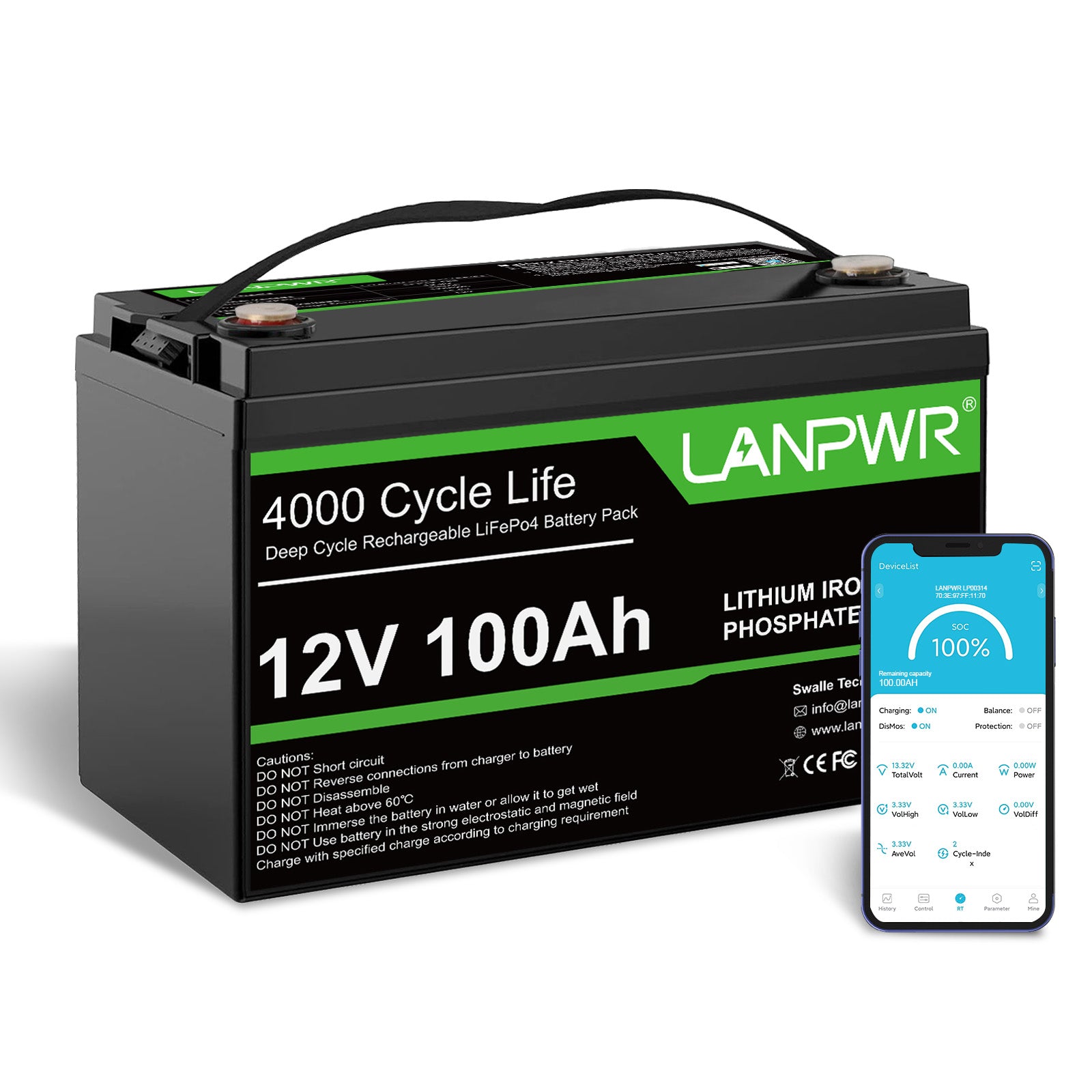

Leave a comment
This site is protected by hCaptcha and the hCaptcha Privacy Policy and Terms of Service apply.